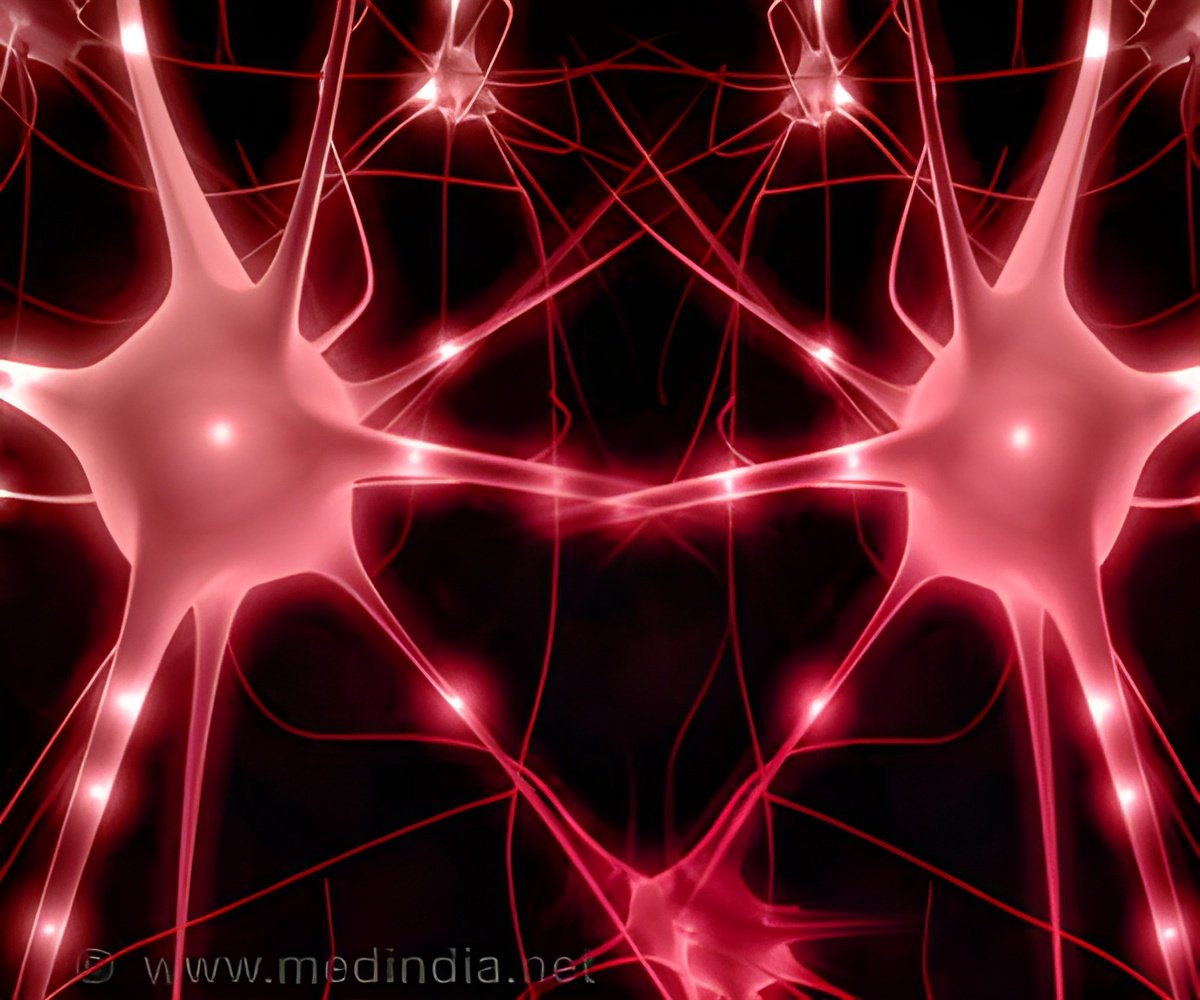Leprosy remains endemic in India despite multi-drug treatment because it is effective only when the onset is detected before nerve damage.

Experts have been exploring the relationship between the bacteria, which causes leprosy, and the formation of the membrane attack complex (MAC), which is a tool deployed by the innate immune system to fight pathogens.
MAC can damage adjacent health tissues and trigger inflammation at the early stages of the disease. However, new research shows that inhibition of MAC formation reduces nerve damage and improves regeneration and functional recovery.
Professor Pranab K. Das, Honorary Senior Research Fellow, University of Birmingham said, “Our new research shows that inflammatory reactions can be prevented at an early stage of the disease, reducing the risk of the nerve damage that leads to the disabilities caused by leprosy. We propose that MAC inhibition could form the basis of the future development of novel therapeutics from leprosy.”
It is also suggested that biomarkers could be used to study the mechanism of autonomic neuropathy in general, with the aim of new drug development for autoimmune diseases such as diabetes, rheumatoid arthritis and lupus.
Despite a marked decline in the number of cases of leprosy since the 1980s and effective multidrug therapy (MDT), the disease remains endemic in several countries, including India – where the disease is most prevalent. Almost 135,000 new cases of the disease were reported in India during 2012.
 MEDINDIA
MEDINDIA


 Email
Email





